Warrington Parish Church


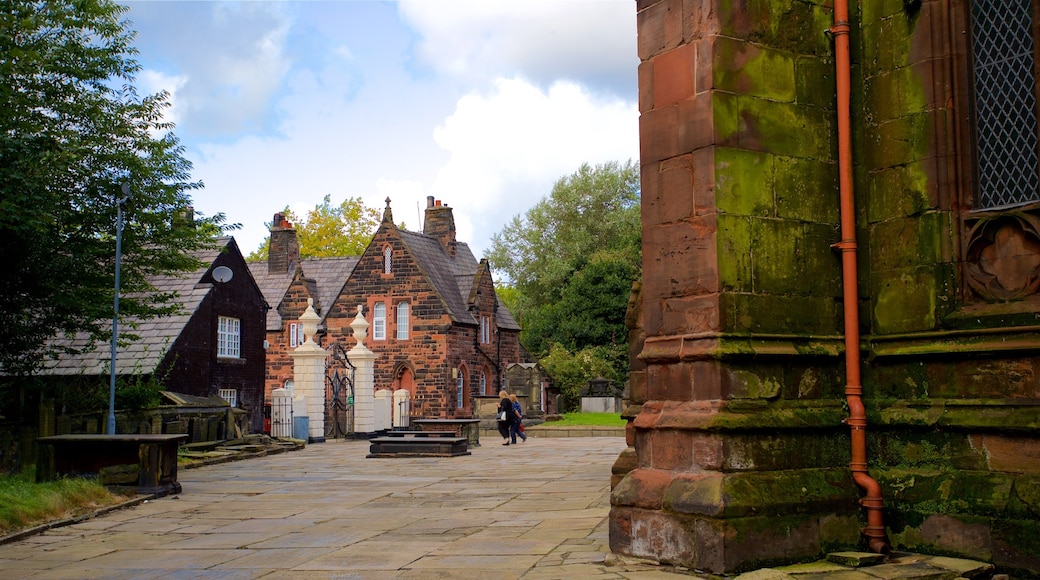

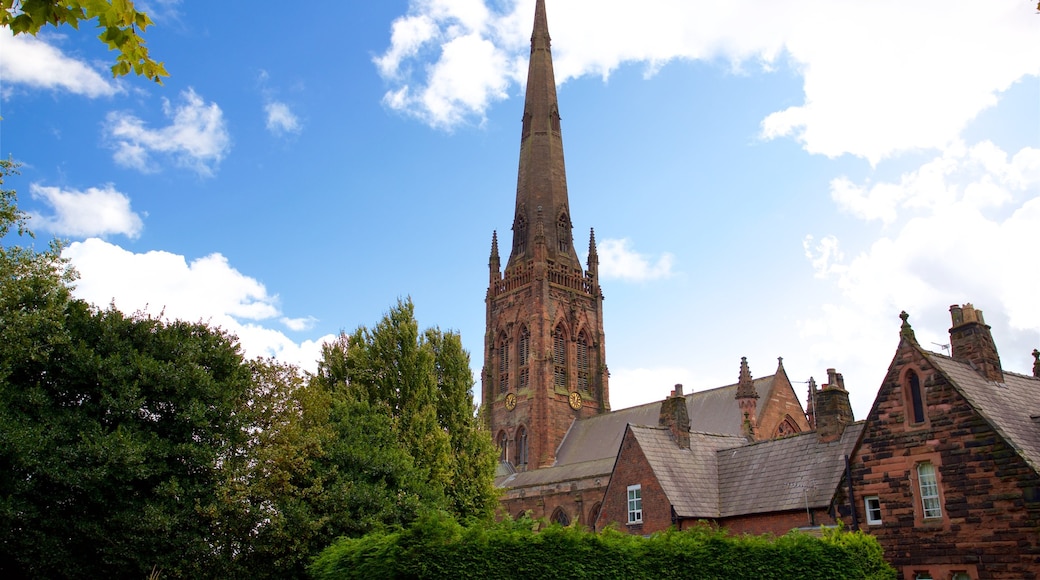
Visit Warrington Parish Church
Popular places to visit
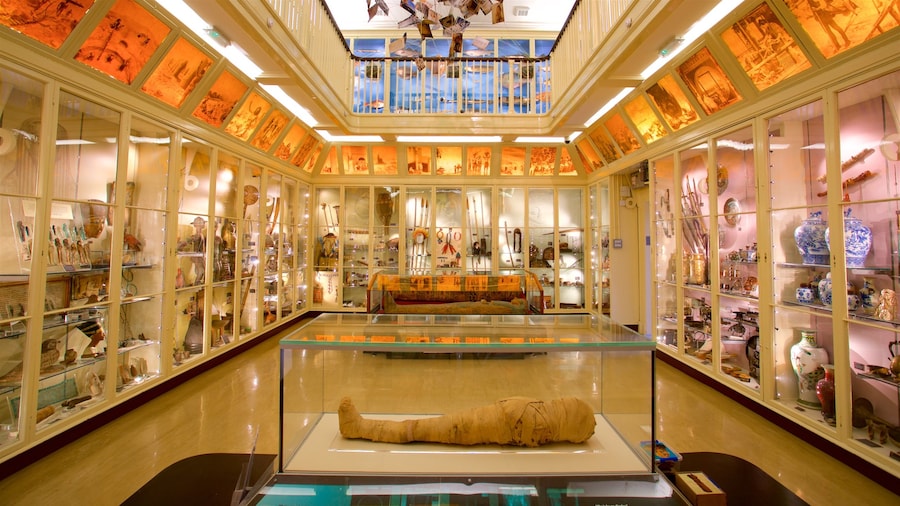
Warrington Museum & Art Gallery
From fine art to ancient Egyptian artifacts, fossils and coins, this museum has thousands of items stored in Victorian-era display cabinets.
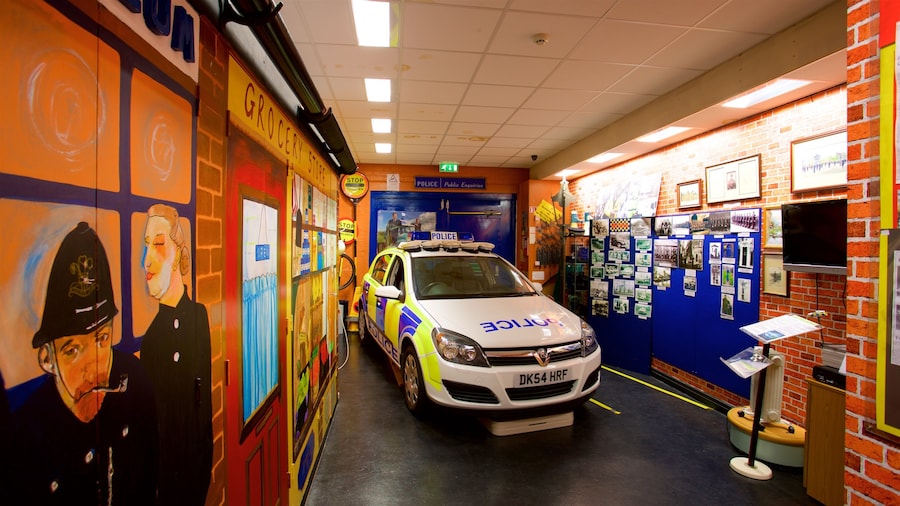
Museum of Policing in Cheshire
The history of law enforcement and other policing activities comes alive via displays of archives, photographs, uniforms, vehicles and weapons.

Grappenhall Heys Walled Garden
Stroll along walkways that wind around decorative gardens, glasshouses and ponds. Brush up on local history via interpretive signs and spot varied wildlife.

Walton Hall and Gardens
Why not meet the animals who live at Walton Hall and Gardens during your holiday in Walton? Visit the spas and top-notch restaurants in this relaxing area.
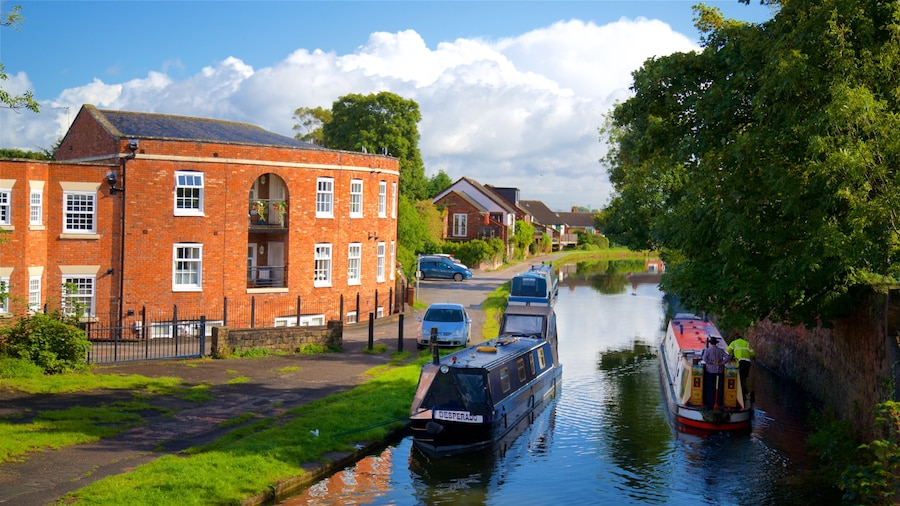
Bridgewater Canal
You can find out about the history of Lymm with a stop at Bridgewater Canal. Discover the top-notch restaurants and acclaimed theatre scene in this walkable area.
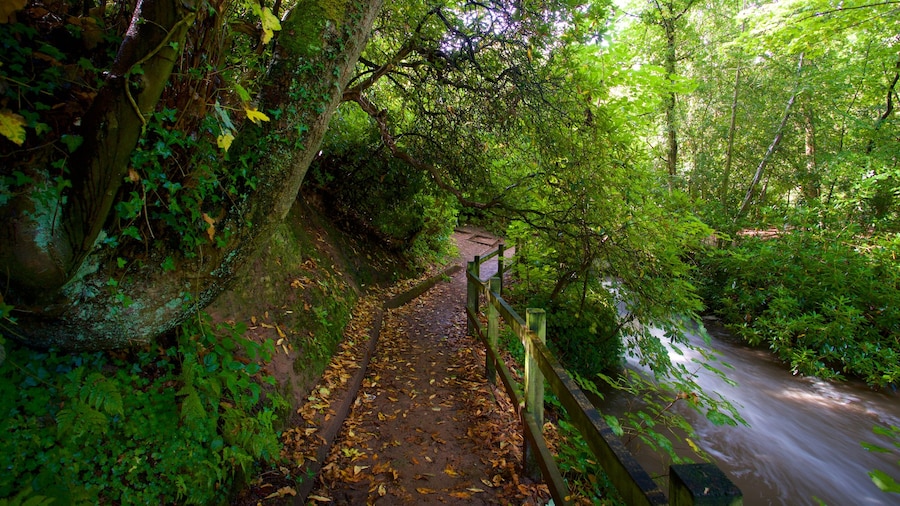
Lymm Dam
Commune with nature and explore the great outdoors at Lymm Dam during your travels in Lymm. While in this quaint area, you can savour the bars and restaurants.
Top Warrington Parish Church Hotel Deals
Check availability on hotels close to Warrington Parish Church

Paddington House Hotel

Charming Algernon House in Warrington

Warrington Suites by Relax Stays

Warrington - House - Sleeps 10 - Parking - Garden

2 Bedroom Apartment Warrington

B&B HOTEL Warrington

Village Hotel Warrington

Holiday Inn Warrington by IHG

The Old Post Office by Deuce Hotels
Explore a world of travel with Expedia
Explore a world of travel with Expedia
- Holidays and getaways similar to Warrington Parish Church
- Hotels Near Warrington Parish Church
- Hotels near other Attractions
- More Hotel Options in Warrington Parish Church
- Hotels near Old Trafford
- Hotels near Trafford Centre
- Hotels near Salford Quays
- Hotels near Knowsley Safari Park
- Hotels near Old Trafford Cricket Ground
- Hotels near Tatton Park
- Hotels near University of Bolton Stadium
- Hotels near The Lowry Art and Entertainment
- Hotels near Bolton Arena
- Hotels near Legoland Discovery Centre
* Savings based on package bookings compared to the price of the same components booked separately. Savings not available on all packages. Book Flight + Lodging, save up to 100% of flight price - Savings based on flight + lodging package prices as compared to the price of the same components available for booking separately before all discounts and rewards applied. Your bundled savings cover up to 100% of your flight. Savings vary based on origin/destination, length of trip, stay dates and travel suppliers. Savings not available on all flight + lodging package bookings.